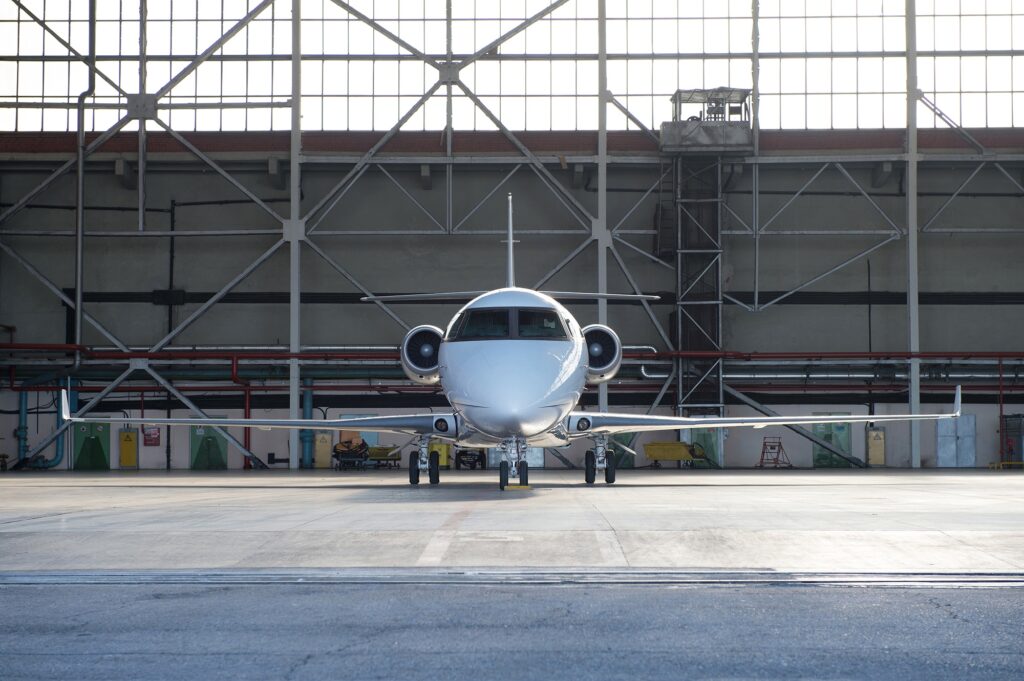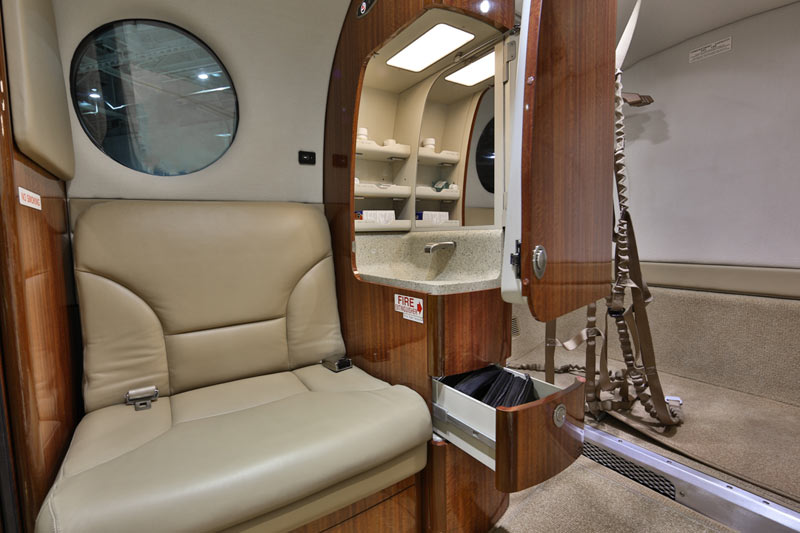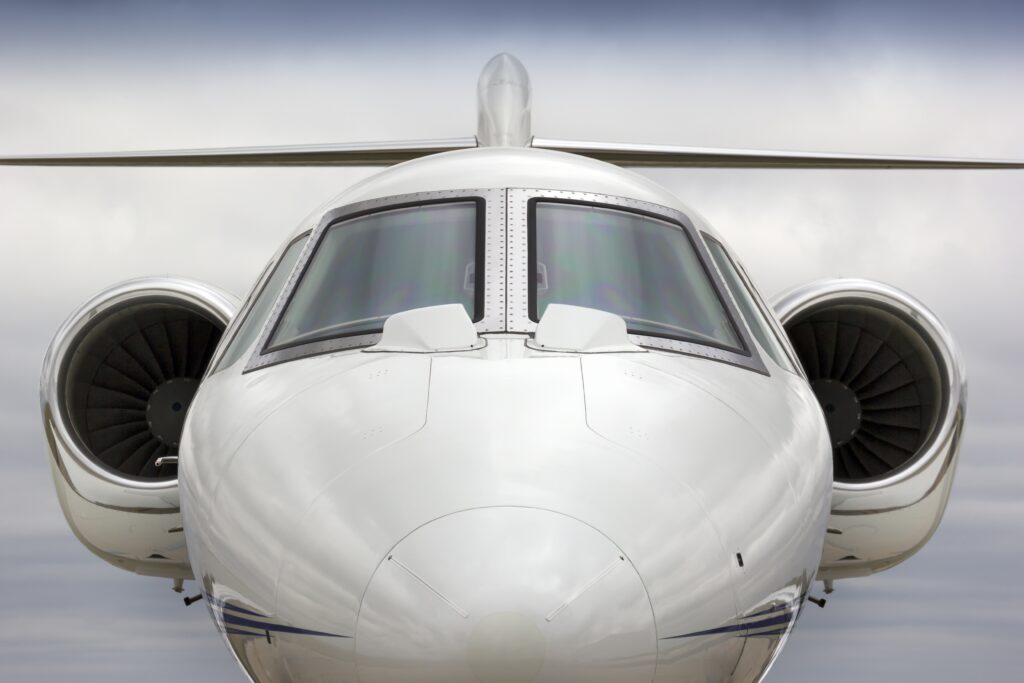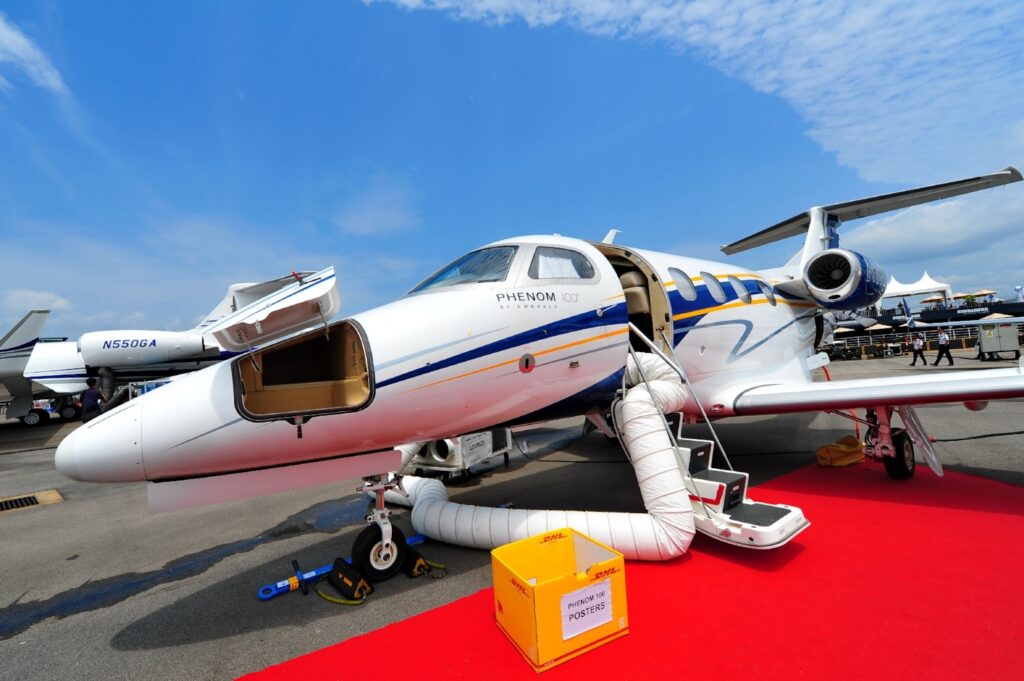This is a guest blog written by Tony Kioussis, President and CEO of Asset Insight LLC, on behalf of Charlie Bravo Aviation.
[ulp id=’VABdJLsvmw27IMUj’]
Before finalizing their purchase offer, anyone considering the acquisition of an in-service aircraft will, if they are represented by an experienced broker such as Charlie Bravo Aviation, evaluate the maintenance condition of candidate assets.
An aircraft’s maintenance condition, or Asset Quality, is often its greatest valuation “wild card.” The aircraft may “look good,” but its Asset Quality Rating is better able to inform a prospective buyer as to what future maintenance expense is embedded in the asset.
To understand how Asset Quality impacts an aircraft’s value, one needs to understand the relationship between an aircraft’s Maintenance Equity and Maintenance Exposure, two financial figures that continuously oppose each other and can have a profound effect on an aircraft’s value (see Chart A).
An aircraft’s Maintenance Equity is equal to the asset’s maximum scheduled maintenance monetary value, LESS the maintenance value consumed through utilization (due to flight hour and/or cycle-related maintenance events) and/or the passage of time (due to calendar-related maintenance events), PLUS the financial value of any completed maintenance.
An aircraft realizes its maximum Maintenance Equity value on the day the maintenance calendar begins to run on any of its systems/components – usually the day the aircraft earns its Certificate of Airworthiness. From that point forward, an aircraft’s Maintenance Equity decreases with the passage of time and/or utilization, and increases as maintenance is completed.
Countering an asset’s Maintenance Equity is the aircraft’s Maintenance Exposure, the amount of maintenance value consumed through utilization, LESS whatever maintenance is completed on the aircraft.
Chart A

Measuring an aircraft’s Maintenance Equity offers a buyer the opportunity to adjust their Offer Price to address Asset Quality differences between candidate aircraft and, potentially, decrease their overall operating cost for the asset they are considering acquiring. Both buyer and seller can use this financial information to derive a fair price for any aircraft by comparing the subject asset’s Maintenance Equity and Maintenance Exposure to that of its peers.
There is a misconception within certain industry sectors that aircraft age is the primary determinant of its Maintenance Equity. While age is certainly an important factor, maintenance analytics are complex and anything but “age linear,” since an aircraft’s maintenance requirements are dependent on flight hours, cycles, the calendar or, at times, whichever of these three limiters is reached first.
By way of example, Chart B compares the Maintenance Equity percentage retained by a new aircraft, during the first six years of its operating life, with the Maintenance Equity a fifteen-year-old model of the same type would generate given the same annual utilization and related operating assumptions.
Chart B
Percent of maximum Maintenance Equity retained over time

Note that the younger aircraft’s Maintenance Equity is equal to, or less than, that of the older model once the younger aircraft has been in service for three and three-quarter years. This is not to suggest the older aircraft is just as, or more, “valuable” than a four to six-year-old aircraft. However, given a choice between a 17 and 19-year-old aircraft, the 19-year-old aircraft would have a higher Maintenance Equity – more embedded maintenance value – all other operating parameters being equal.
The amount of Maintenance Equity retained by any aircraft is directly dependent on the make/model’s maintenance program and the aircraft’s utilization. For example, Chart C displays the Maintenance Equity retained by four fixed-wing models and three helicopters over their first 10 years of operation, assuming average industry annual utilization figures.
For sellers, an aircraft’s Asset Quality is the third most influential metric when it comes to its valuation, preceded in importance only by the asset’s existing utilization and age. However, of the three, Asset Quality is the only metric an owner can control once they decide to replace their aircraft.
An aircraft’s accumulated flight hours cannot be rolled back, and a near-term reduction in flying will have no substantive effect on value. Conversely, if the aircraft has been underutilized, the owner is likely to realize little, if any, additional value, although their aircraft may experience greater market appeal and possibly sell faster, thereby realizing less market depreciation.
Similarly, age is an established metric that cannot be altered, and the longer the owner holds on to their aircraft, the more this factor is likely to negatively impact their asset’s “perceived” value.
Asset Quality, on the other hand, and the Maintenance Equity it derives, is arguably both an aircraft’s greatest “wild card” (since an unscheduled maintenance event can, by definition, occur at any time) and the only metric an owner has the ability to control in ways that can favorably impact the asset’s value.
Chart C


For example, prior to placing the aircraft on the market, the owner may elect to repaint it, refurbish the interior, enroll the aircraft on an Hourly Cost Maintenance Program, and/or complete maintenance earlier than necessary. All such actions would improve the aircraft’s Asset Quality and its value. The obvious question is “by how much?”
To address that question, we must employ an objective, standardized process able to grade every aircraft’s Maintenance Equity, thus allowing us to translate each aircraft’s Asset Quality Rating into a financial figure we can use to adjust its Current Market Value.
To derive the most precise Maintenance Equity figure, the estimated cost to complete each maintenance line item required by the aircraft’s maintenance manual must be calculated. Having compiled an aircraft’s maintenance history, the time (flight hours, landings/cycles, and/or calendar period) accumulated toward each individual scheduled (upcoming) maintenance event is used to compute the dollar value of Maintenance Equity available to the aircraft.
Maintenance Equity could be viewed as the financial equivalent of an aircraft’s Balance Sheet. And, similar to that financial calculation, an aircraft’s Maintenance Equity will change each period of time that maintenance is consumed (through flight hours, cycles, or the calendar) and/or completed.
Table A exemplifies the Asset Quality for a theoretical aircraft whose maintenance schedule has only five line-items. While not realistic (turbine aircraft maintenance often includes hundreds of line items), the table simply demonstrates how Maintenance Equity can be computed. Strictly speaking, Paint and Interior are not items listed in the aircraft’s maintenance manual. However, they do constitute part of the aircraft’s Asset Quality, with their Economic Life measured in months. Further, while Paint or the Interior for a specific aircraft may be technically acceptable, styles become dated – the reason why we view “time” as the life limiter for both items.
Table A

The Maintenance Equity for the aircraft in Table A is $13,362.75 below the model’s Average Maximum Available Maintenance Equity of $26,375 (half of the Maximum Available Maintenance Equity figure). Therefore, if the average aircraft value for this model is $X, the value for this aircraft (all other factors being equal) should be $X minus $13,362.75.
Rather than facing unacceptable offers, and perhaps a loss in value due to increased marketing time (Days on Market), the seller could complete certain maintenance events prior to listing the aircraft for sale. For example:
- The seller could repaint the aircraft and refurbish its interior – potentially securing an appraised value increase equal to 40% to 60% the cost of such work.
- Since Event 5 only has 30.6% of its economic life remaining, the seller might consider completing it early, as any savvy buyer is likely to discount the Event’s remaining value as part of their “time and trouble” argument to complete the event. From an appraised value perspective, Scheduled Maintenance event completions normally recover between 60% and 100% of their cost at time of completion.
Completing these three events would add $30,508 to this theoretical aircraft’s Maintenance Equity, increasing the asset’s appraised value between $18,305 and $30,508 (60% to 100% the value of the completed work) while concurrently increasing its Asset Quality Rating relative to other aircraft and making it more appealing to buyers. The seller is also likely to decrease the asset’s Days on Market that, in a quickly depreciating environment, could equate to some additional value retention thereby offsetting the invested maintenance cost.
While these calculations assume a neutral market (one not favoring Buyers or Sellers), the key to securing the highest possible return on your aircraft investment, under any market environment, is establishing an objective methodology that measures and justifies the aircraft’s Asset Quality. It is also the only metric under an owner’s control able to translate subjective descriptions – such as “good” or “bad” – to a financial figure that can favorably impact the asset’s value.




